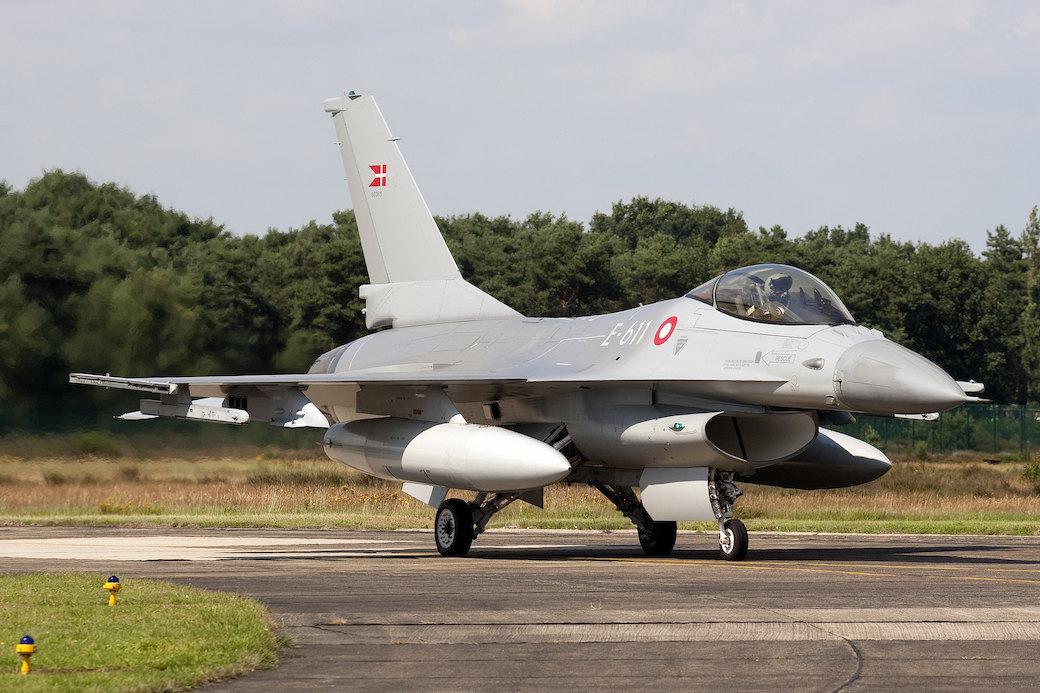
Credit: Tony Osborne/AW&ST
Denmark has joined the growing list of European nations expected to increase their defense spending in response to Russia’s invasion of Ukraine. Copenhagen is proposing defense investment worth a total of 143 billion krone ($20 billion) over the next 10 years with the aim of meeting NATO’s target...
Subscription Required
This content requires a subscription to one of the Aviation Week Intelligence Network (AWIN) bundles.
Schedule a demo today to find out how you can access this content and similar content related to your area of the global aviation industry.
Already an AWIN subscriber? Login
Did you know? Aviation Week has won top honors multiple times in the Jesse H. Neal National Business Journalism Awards, the business-to-business media equivalent of the Pulitzer Prizes.





